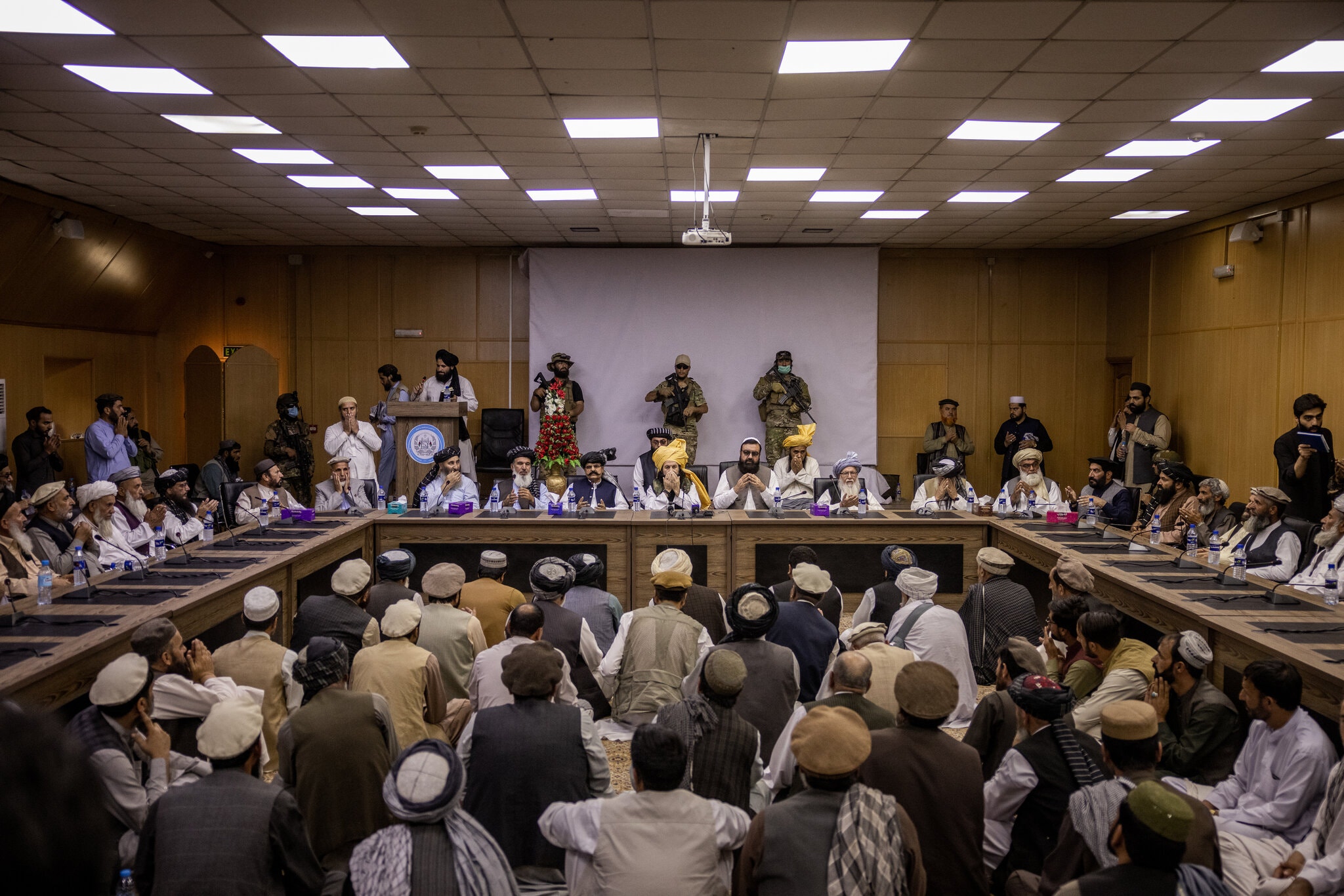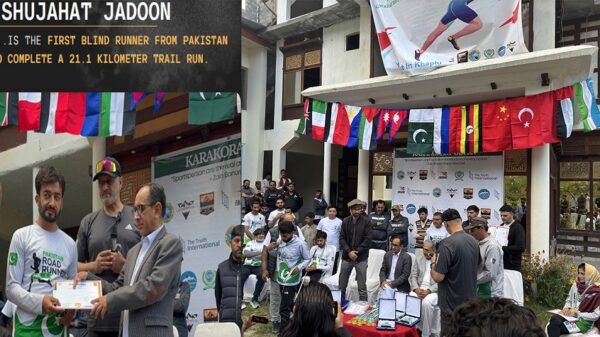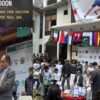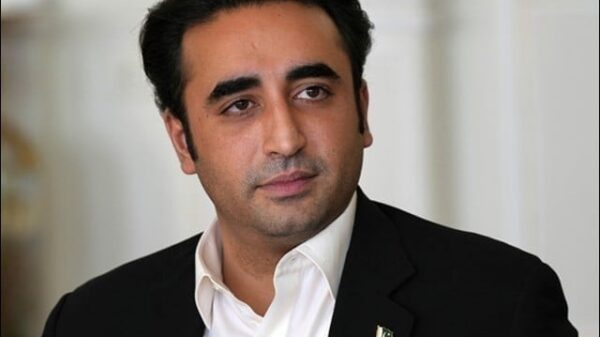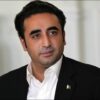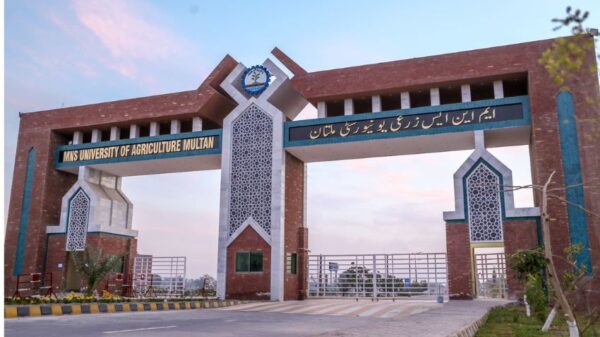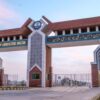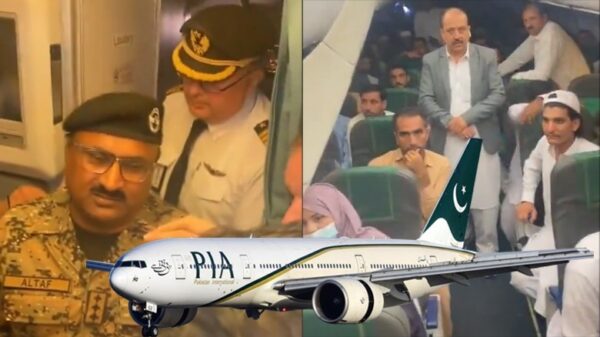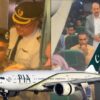Eventually, the Taliban announced an interim cabinet. Earlier, there were reports of internal differences in the formation of the government, but looking at the 33-member cabinet, it is clear the Taliban have ironed out any differences by including almost all senior Taliban leaders in the cabinet.
The cabinet includes two Tajiks and one Uzbek minister while the rest are Pashtuns.
Now it is not difficult to have a sense of the future Taliban government and its policies. On the one hand, the Ministry of Women’s Welfare has been completely abolished and on the other hand, the Ministry of Promotion of Virtue and Prevention of Vice has been established in the old way.
Now it is not difficult to have a sense of the future Taliban government and its policies. On the one hand, the Ministry of Women’s Welfare has been completely abolished and on the other hand, the Ministry of Promotion of Virtue and Prevention of Vice has been established in the old way.
Initial reports said Mullah Abdul Ghani Baradar would lead the government but after a long debate, Mullah Mohammad Hassan was given the responsibility. Addressing a press conference in Kabul, Taliban spokesman Zabihullah Mujahid clarified that these were political figures who would lead the ministries.
It is clear that the ministers are often selected from the important leaders of a winning political party and so did the Taliban. Since Kandahar is the birthplace of the Taliban, a significant number of ministers are from the south.
But that doesn’t mean fewer leaders were taken from the rest of Afghanistan. You will see many names of the Haqqani Network in this cabinet.
One thing to consider is that this is a caretaker cabinet, which means that the process of government formation has not been completed yet. Thus it is written with the name of Mullah Muhammad Hassan Akhund that these cabinet ministers will be caretakers or patrons.
Who will run the state is not clear yet. Therefore, it can be said that the head of the state is now the head of the movement, Amir al-Mu’minin Hebatullah Akhund, who has not yet come to the fore.
Here is a roll call of some of the cabinet members who would play a crucial role not
only in the cabinet but also in shaping the new Afghanistan, followed by a brief look at some of the key issues facing the Taliban.
Mohammad Hasan Akhund, acting prime minister

Mullah Mohammed Hasan Akhund is a Taliban leader and was a close associate and political adviser to Mullah Omar, the founder of the movement and its first supreme leader.
A member of the group’s Supreme Council, he served as deputy foreign minister in their previous regime and was placed on a UN Security Council sanctions list connected to the “acts and activities” of the Taliban.
His name surfaced after a consensus with different leaders who opposed Abdul Ghani Baradar in the driving seat. He has previously served as the Taliban governor of his native Kandahar province.
He also served as foreign minister and deputy prime minister during the Taliban’s first stint in power in Afghanistan in the 1990s.
Abdul Ghani Baradar, acting deputy prime minister

Abdul Ghani Baradar was raised in Kanda- har. Like most Afghans, he spent his time waging Jihad against Soviet invasion. He is believed to have fought side-by-side with Mullah Omar at some point. The two comrades would go on to found the Taliban movement in the early 1990s during the chaos and corruption of the civil war that followed the Soviet withdrawal.
After the Taliban government was toppled in 2001 by US-led forces, Baradar is believed to have been among a small group of Taliban members who approached interim leader Hamid Karzai with a potential deal that would have seen the group recognize the new administration.
Arrested in Pakistan in 2010, Baradar was kept in custody until pressure from the United States saw him freed in 2018 and relocated to Qatar. There he was appointed head of the Taliban’s political office and oversaw the signing of the troop withdrawal- al agreement with the US.
Mullah Abdus Salam Hanafi, acting second deputy prime minister

Mullah Abdus Salam Hanafi is an Uzbek from Jawzjan province. He was deputy education minister in the previous Taliban regime. He is known to be a scholarly figure among the Taliban.
Sher Mohammad Abbas Stanikzai, acting deputy minister for foreign affairs
Previously he worked as deputy foreign minister under Maulvi Ahmad Mutawakil. He also served in Afghan National Army in his youth. He got training from the military academy in India before becoming a jihadi against Russia.
Sirajuddin Haqqani, acting interior minister

The son of the known commander and Jihad hero from the war against the Soviets, Sirajuddin Haqqani has been dubbed as the deputy leader of the Taliban and head of the powerful Haqqani network.
Khalilur Rehman Haqqani, acting minister for refugees
The younger brother of Haqqani’s founder leader Jalaluddin Haqqani and uncle of Siraj Haqqani, he is known to be the most important leader and the political face of the organization. Insiders believe that he is even more important than Siraj Haqqani.
Known for their independence, fighting acumen, and savvy business dealings, the Haqqanis are mainly based in eastern Afghanistan and hold considerable sway over the Taliban’s leadership council.
Mullah Yaqoob, acting defense minister
The son of Taliban co-founder Mullah Omar, Mullah Yaqoob heads the group’s powerful military commission that oversaw the vast network of field commanders charged with the takeover of Afghanistan as the foreign forces withdrew.
Yaqoob’s father enjoyed cult-like status as the Taliban leader, and that potent lineage makes him a unifying figure in the movement.
Mawlawi Amir Khan Mutaqi, acting foreign minister

Originally from Paktia province, Mutaqi calls himself a resident of Helmand. He served as minister of culture and information as well as minister of education in the previous Taliban government. Mutaqi was later sent to Qatar and was appointed a member of the peace commission and negotiation team that held talks with the United States.
While fighting raged for control of the country, his statements and speeches projected a moderate voice, calling on forces holed up in provincial capitals to talk to the group to avoid fighting in urban areas.
Mullah Taj Meer Jawad, acting minister for general intelligence
Another important leader, Mullah Taj Meer Jawad was the head of intelligence in charge of the eastern zone comprising of three provinces including Nangarhar, Kunar, and Badakhshan.
Noorullah Noori, acting minister for border affairs
Noorullah Noori served as governor for the province of Balkh in the Taliban’s previous regime. He too is from the Haqqani network and spent 12 years in detention at Guantanamo Bay. He was set free in exchange for a US Marine in 2014.
Mullah Khairullah Khairkhwah, acting minister for information and culture

Mullah Khairullah Khairkhwa remained the governor for Herat province in the previous Taliban regime.
Leadership council
Apart from the cabinet, the leadership council has also been announced with Mullah Muhammad Zakir and other leaders included in the leadership council.
Policy direction
The Taliban have changed, times have changed, but looking at the cabinet, it is clear that the basis will be the same. The Western world, however, will care how much the Taliban respect basic human rights and the cooperation of the interna- tional community will depend on it.
However, there are indications that the Taliban will take care of these rights as far as the leadership is concerned. In response, the international community has also met with the Taliban leadership.
Kabul is now considering different options to open up diplomatic channels. Apart from the Qatar office, it will take time to decide which countries will open Afghan embassies. At the moment, all their attention is on internal issues.
The fall of Panjshir was the long-awaited stage. Panjshir was an area that the Taliban had not been able to conquer in their previous days, so it is being taken as a great achievement.
Anti-Taliban public demonstrations
As far as public demonstrations are concerned, there are two classes: those who have become accustomed to a particular way of life in the last twenty years, and those who have heard from others about the Taliban regime. Clearly, there is a trust deficit between the new regime and the Afghan public.
The second category is those who are tired of the economic and professional environment. Because for the last several months when the previous government was in power, the officials in the health, education, and other sectors were not getting their salaries and now it is impossible for them to survive because they are facing difficulties in getting the savings in the banks. If the reservations of these two classes are not taken seriously and their problems are not solved, then the problems will continue to grow.
The absence of technocrats
Talking to different sources in Kabul, the problem they pointed out was the absence of technocrats. They said that majority of technocrats have fled the country. Without technocrats, the systems and institutions that have been in place for twenty years will not be able to function.
“We have the lists and we are trying to bring them back to their positions and jobs,” one source in the new regime said.
A lack of coordination
As for the rest of the internal issues, the Taliban leadership is hoping that these issues will be resolved in three months. Asked about what happened to journalists recently, the source said there was a lack of coordination.
The Taliban have a military presence in thousands, making it difficult for all commanders to communicate. Because the Taliban currently have military forces in Kabul and other major cities, there are problems. Once the civil institutions start working, then these problems will not exist.
Right now, the expectation of the United States and Pakistan is the stability of Afghanistan. The United States faces international stigma and pressure, while Pakistan has its regional constraints.
In addition, Central Asian states face another threat. Concerns are being raised that the arrival of the Taliban in Afghanistan may trigger an Arab Spring kind of movement in the region.
The Afghan Taliban themselves may face a law and order problem. At such a time, if the economic, political, and administrative problems are not resolved, a threat like ISIS in the region could create a problem of law and order in Afghanistan.
Referring to the cleric who was first abducted and then killed a few days ago, Kabul sources said he had considerable influence in religious and public circles. Sources also said that he was recruiting for ISIS in Kabul. That is why the Taliban government was blamed for his death, but the Taliban has denied the allegations.
The suicide bombing at Kabul Airport and the subsequent death of the cleric show that the threat is slowly increasing. The same threat has been very often mentioned by China, Russia, and Iran.


